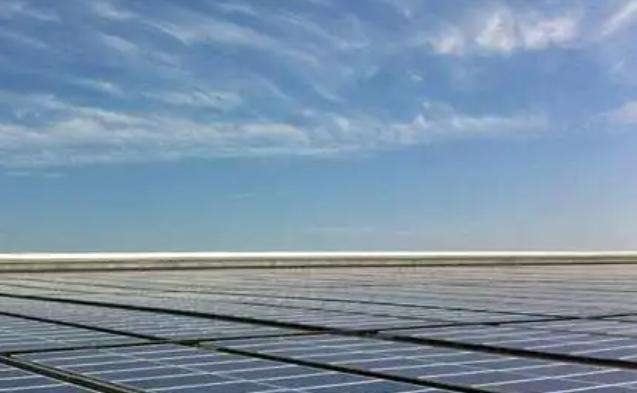Supercritical carbon dioxide power generation system is the latest waste thermal power generation technology with supercritical liquid carbon dioxide as the working fluid of the Rankine cycle system and a dedicated turbine carbon dioxide turbine as the core technology. This power generation system has a wide range of application advantages in waste thermal power generation. All technical indicators are superior to the currently used water vapor Rankine cycle system and organic Rankine cycle system. It has obvious advantages in power generation efficiency and equipment volume. . The supercritical carbon dioxide heat engine is a technology platform that currently offers designs in the power range of 250 kWe to 50 Mwe with efficiencies up to 30%. Applications includecirculation of thermal energy in gas turbines, stationary power generators, industrial heat recovery, solar heat, geothermal energy, hybrid internal combustion engines, etc. Supercritical carbon dioxide cycle power generation system is a waste heat-based power generation cycle system based on supercritical carbon dioxide turbine as the core technology and using supercritical carbon dioxide as the workplace. This is revolutionary heat engine technology.
About the problem of waste thermal energy production from cement kilns!
Residual thermal energy production equipment is TRT equipment. There are many reasons for low total alkalinity, so make sure you know them first. For example, there are SO2 leaks, bacteria and algae growth ins circulating water system, acid leaks in the system, etc. If there is a leak, find the source of the leak. If bacteria and algae breed, special TRT agents should be used, such as the commonly used SGR series. In the event of an acid leak, the source of the leak must be identified as soon as possible, otherwise it will result in serious corrosion of the equipment.
First, the coarse and fine filter elements filter the lubricating oil, and the coarse filter element protects the fine filter element. The main impact of the filter element is the oil supply pressure to the turbine. I don't know what your turbine oil supply pressure requirements are, but as long as it can meet the turbine lube oil pressure you will be fine. If the filter is clogged, the pressure of the lubricating oil will drop. Simply adjust or clean the filter element.
Deuxth, the main valve should be manually adjusted up and down, and the electrical isolation valve is also manually tested to prevent it from getting stuck due to long-term operation. However, it is usually necessary to do this under low load conditions to avoid downtime caused by improper operation.
Third, the vacuum oil filter is actually very simple. These include coarse and fine filter elements, and some also have permanent magnet filter elements, vacuum pumps, heaters, oil pumps, floats, not to mention the small parts. The specific function is to filter the oil through the filter element to remove impurities or iron filings; use a vacuum pump to evacuate the vacuum chamber, and the oil will enter the vacuum chamber after being heated, and the water in the oil will be separated. under vacuum. The poOil pump sends the oil out of the oil filter to be recycled. Moisture in the turbine oil is mainly caused by leakage of the shaft seal, entering the lubricating oil of the bearing and returning to the bottom of the oil tank. If the turbine continues to operate, it must be drained frequently. The drainage point should be at the lowest point at the bottom of the oil tank to ensure that the moisture content of the turbine oil does not exceed the standard. Generally, water leaks from the oil cooler will not enter the oil tank because the oil pressure is much higher than the pressure of the circulating water, which will only cause oil to enter the oil tank. the swimming pool in circulation. Therefore, as long as the oil pressure remains higher than the pressure of the circulating water, a large amount of water will generally not enter the oil.














